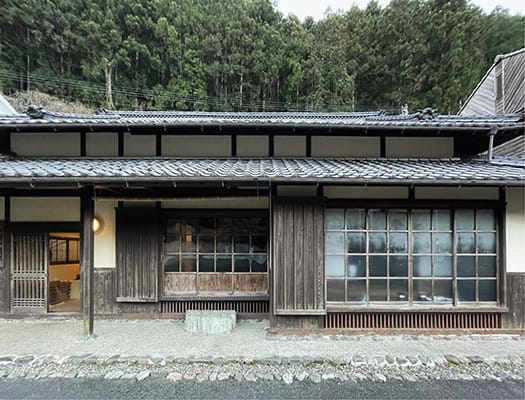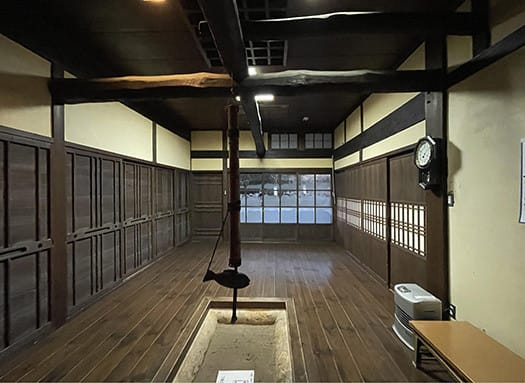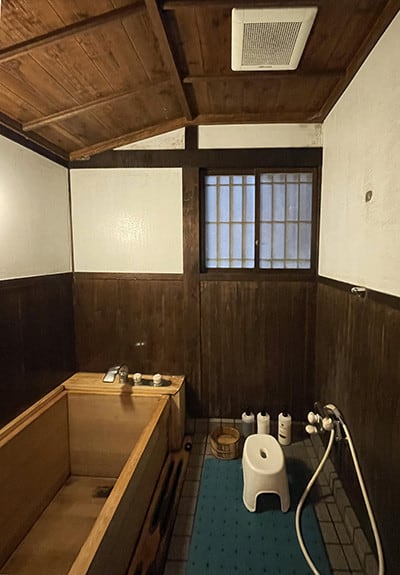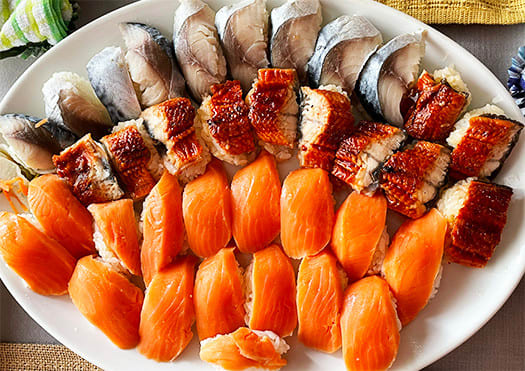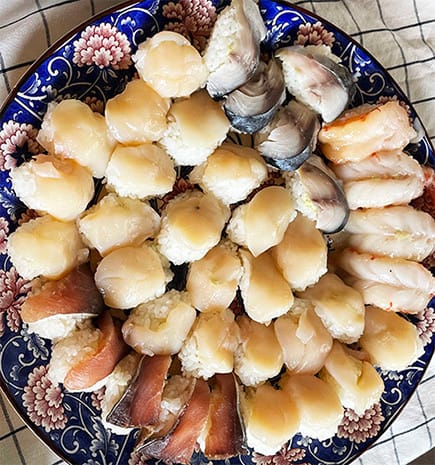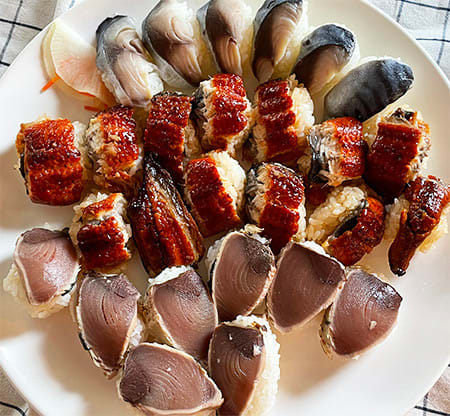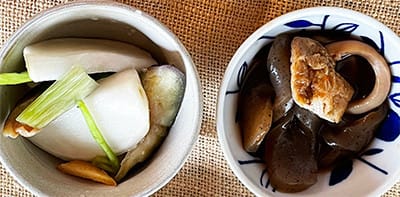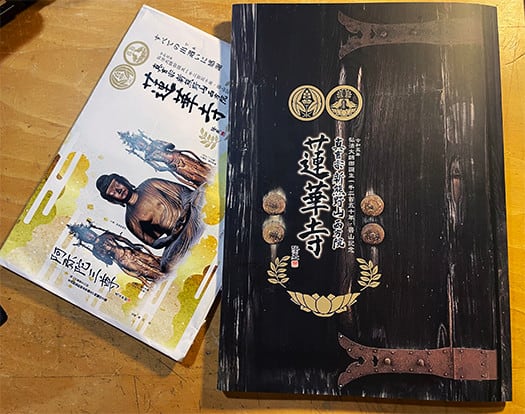
わたしの家系は、明治の末頃に広島県福山市の西側近郊、尾道との中間のような位置にある「今津」周辺から北海道に移住してきたものです。この今津という地域は山陽道のポイント地点であり続けて、江戸期には地域経済の重要な要素であった「参勤交代」による宿場町としての経済が主体。
西国大名の参勤交代では、いろいろな旅程を組まれることが通常でしょうが、幕末期には薩摩藩はほぼ定宿としていた記録が残されてもいる。なんと定宿としての家から薩摩藩に対して「実は火災で家屋が焼失したので、おカネを貸して欲しい」という文書を送ったりしている(!)。「無礼者」と薩摩藩主から一刀両断にされても仕方ないような申し出を平然と行っている。このあたり、なんとも面白い歴史の一断面だと思っているのですが・・・。
参勤交代の宿場町では「本陣」「脇本陣」といった大名とその家来の主だった武士達が泊まる旅宿が固定されている。この「本陣」運営者の発注するさまざまな経済行為について、それを扱うビジネスをわたしの家系は営んでいたらしいのです。基本的には尾道に本社のあるグループ企業体の現地法人という位置付けだったらしいのですが、やがて本陣家との関係が強くなってその支援があって独立したというような経緯がいろいろな資料からうかがえる。
その本陣の家系の方とも一定の交流が今でもあるのですが、脇本陣は蓮華寺という地域の寺院が承っていて、そちらとはさらに縁が深かったようなのですね。もちろん家系の墓なども見られるし、いま北海道在住のわたしの叔父の家系はこの寺に墓域を求めたりしている。
というような経緯があって、ほぼ「里帰り」的な心理を持って訪問するようになっています。まぁご先祖の「墓参り」という心理も強いのですが。そんなことなので、ご住職の方とはときどきお話しをさせてもらう機会があり、最近、住職に就任された方にも「奥の院」をご案内いただいたこともあります。そのお寺から、真言宗開祖・弘法大師生誕1250年と新住職就任の「普山式」挙行の「記念誌」を発行されて、わたしどもにまでご送付いただいたのです。
まことにご先祖さまの「肉声」までが伝わってくるようなありがたい縁であります。
謹んで拝読させていただいておりますが、こちらのお寺はなんと「熊野」にも深い縁のある寺院なのであります。わたしのブログ読者のみなさんには、シリーズでお分かりかと思いますが、本来は神武東征の道行きの探索という動機から探訪した熊野が、山陽道の今津とも関わっていたことに「なんとなくは知っていた」とはいえ再度、深く驚かされていたのです。開祖空海さんからの衆生への叡慮に満ちたご縁の投げかけが決定(けつじょう)した瞬間であります(笑)。
加齢と共に、こういう縁に敏感・多情になっている(笑)。みちびかれるまま、ページをくくっておりますが、さまざまな機縁が刻印されていることに深く癒されております。
English version⬇
Commemorative Journal" from a temple with a connection in Imazu, Fukuyama City, Hiroshima Prefecture.
The temple's history was compiled and published on the occasion of the appointment of a new chief priest. The temple's history is deeply engraved in the book, and the temple is deeply connected to the place where the ancestors lived. I have a weakness for this kind of thing.
My family immigrated to Hokkaido around the end of the Meiji period from the Imazu area, located in the western suburbs of Fukuyama City, Hiroshima Prefecture, about halfway between the city and Onomichi. This area of Imazu continued to be a point on the Sanyo Expressway, and during the Edo period, the economy of the area was primarily as an inn town due to the "Sankyo Koryo" (attendance) system, which was an important part of the local economy.
The Satsuma Clan had a record of using Satsuma as a regular inn during the last days of the Tokugawa Shogunate. In fact, the house that served as the fixed lodging sent a letter to the Satsuma clan saying, "Actually, our house was destroyed by fire, so we would like to borrow some money" (!). The Satsuma clan was called "rude" and "rude men" by the Satsuma clan. The Satsuma clan lord might have cut him a slash and dagger for being "rude," but he made the offer without a second thought. I think this is a very interesting aspect of history....
At the inn towns on the daimyo's circuit, there are fixed "honjin" and "waki-honjin," or traveling inns where the daimyo and his retainers, mostly samurai, stay. It seems that my family was in the business of handling the various economic activities ordered by the "Honjin" operators. Basically, it was positioned as a local subsidiary of a group of companies headquartered in Onomichi, but the relationship with the Honjin family eventually grew stronger, and with their support, the family became independent, according to various documents.
We still have a certain amount of contact with the family members of the Honjin family, but the Waki-Honjin was managed by a local temple called Rengeji, and it seems that the relationship with that temple was even deeper. Of course, you can see the family graves, and my uncle's family, who now lives in Hokkaido, has sought a grave site at this temple.
So, I have come to visit the temple with a "hometown" mentality. Well, there is also a strong "visit to the graves" of my ancestors. Because of this, I sometimes have the opportunity to talk with the head priest of the temple, and I have even been shown around the "inner sanctuary" by the recently appointed head priest. The temple published a "commemorative journal" for the 1,250th anniversary of the birth of Kobo-Daishi, the founder of the Shingon sect, and the "Puzan Ceremony" marking the inauguration of the new head priest, and sent it to us.
It is truly a great honor for us to be able to hear the "voices" of our ancestors.
I read it with great respect, and to my surprise, this temple has a deep connection with Kumano. As readers of my blog may know from the series, I was deeply surprised to learn that Kumano, which I originally visited for the purpose of exploring the route of the Jinmu expedition, was also related to Imazu on the Sanyo Road, even though I "vaguely knew" about it. This was the moment when the founder Kukai's wise and thoughtful suggestion of fate to sentient beings was determined (laugh).
As I age, I become more and more sensitive and sensitive to this kind of fate (laugh). I am deeply healed by the various opportunities that are imprinted on the pages as I am guided by the path.













